So, this is a bioscope:
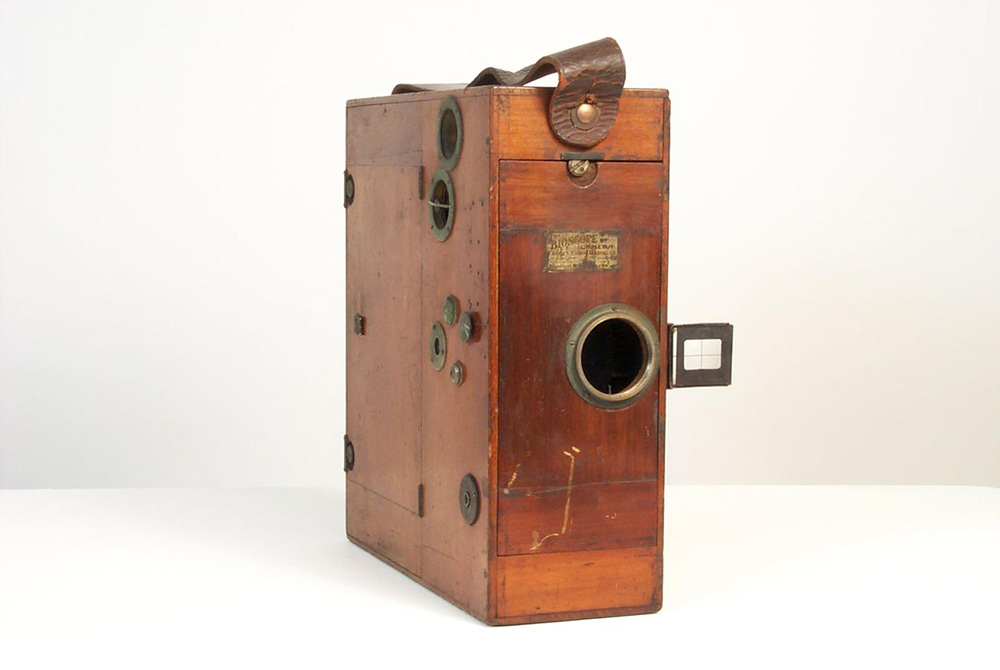
And this is a bioscope:

And this is a bioscope:

And yes, this is also a bioscope:
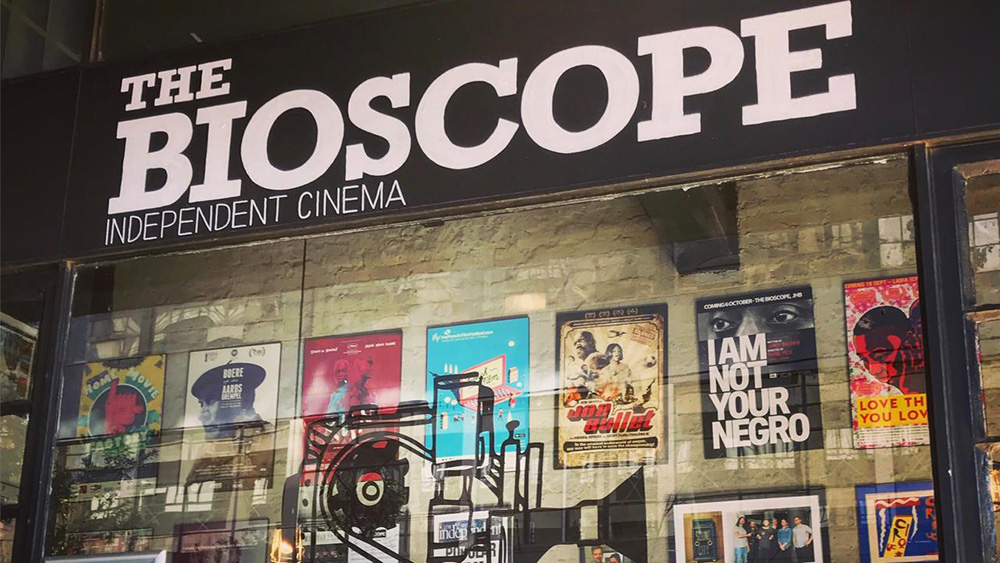
And we haven’t even got to the bioscope I want to focus on yet.
‘Bioscope’ is one of those words which has come to be used to describe many different objects, events, companies and places in the history of cinema and so tracing the history of one of them can be a little fraught. (Also, it has been used beyond film history too, which just adds to the confusion.)
The word itself comes from the Greek ‘bios’ meaning life and ‘skopeein’ meaning to look; prior to the invention of cinema, it meant ‘a view or survey of life’. In his cinema history blog—called, of course, The Bioscope—Luke McKernan relates that the word was coined by Granville Penn in his 1812 Christian tract The Bioscope, or Dial of Life. The book included a separate card on which was illustrated a dial marked from 0 to 70, marking the ages of man. A pointer was attached for the reader to mark out their current age and so complete the lessons in the book on the allotted span of human life (three score years and ten). This dial was the bioscope—‘a general measure of human life’.
In the 200 years since, the invention of cinema has changed the agreed definition. My Collins Concise Dictionary definition now reads:
Bioscope, noun, 1. a kind of early film projector 2. South African word for cinema.
And online dictionaries say pretty much the same thing.
You may have noticed that the camera and projector above (the first two objects) are both ‘Urban’ equipment. This refers to Charles Urban, one of the most successful entrepreneurs of early cinema. He was by no means the first person to use the word Bioscope in relation to moving pictures, but his sheer success meant that he was foremost in popularising the term.
More information about Urban and his Bioscopes can be found on a website devoted to him: Charles Urban, Motion Picture Pioneer.
Which leads us neatly onto this cartoon of Charles Urban:

Which was published in… yes, you guessed it, The Bioscope.
The Bioscope was a weekly cinema trade journal first published in 1908, when cinemas were just beginning to appear (rather than films being shown in theatres or other multi-purpose venues). It included information about upcoming films and discussions about changes to the industry, such as the coming of sound. It remains an important source of information about the early cinema industry in the UK. It ceased publication in 1932. The British Library holds a complete set.
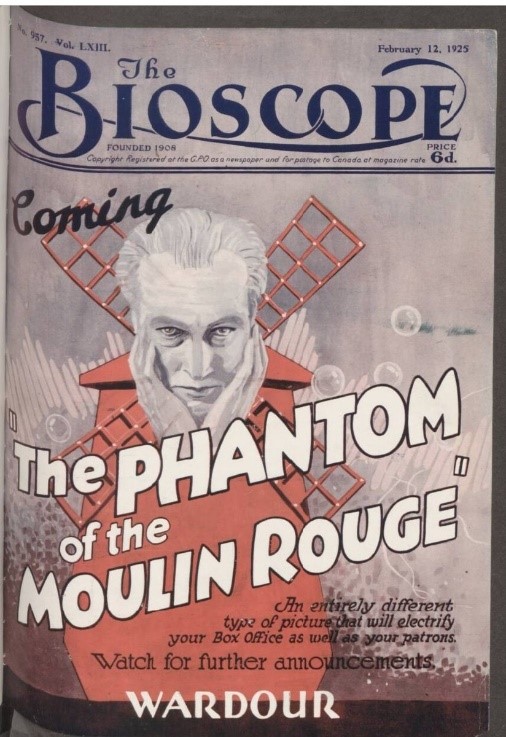
Bioscope became a word increasingly interchangeable with moving pictures. Michael Chanan, in his book The Dream That Kicks, talks of ‘Bioscope teas’:
‘Bioscope teas were particularly popular at the New Egyptian Hall in Piccadilly, where in 1908 the lady from the suburbs could pause in her afternoon’s shopping, and for a shilling enjoy a “dainty cup of tea and an animated display”.’
It also became increasingly widely used in naming and advertising moving picture companies and their shows:
And this was no means confined to Britain. The term Bioscope is still widely used in South Africa to mean cinema and it was also a term often used in India.
The Royal Bioscope Company was the first film production company in Bengal, and was set up in 1898 by Hiralal Sen. They initially used an Urban Bioscope camera (like the one above) which most likely influenced the name. The company produced shows generally exhibited at the Classic Theatre in Calcutta, where the films featured in the intervals in the stage shows.
But there is another Bioscope tradition in India, which is (finally) the one I wanted to get to, as we have recently acquired one for our collection.

This bioscope is a portable (often as part of a wheeled cart) viewing device. By looking through the viewing holes, several people can view sequences of images at once. Many came with a gramophone attached, and later record or cassette players, providing the pictures with musical accompaniment.
The mechanism was hand-cranked by the operator using the handles on the top.
Their size and weight made bioscopes transportable, bringing about a new culture of travelling visual entertainment to India. The Bioscope operators would go between cities, towns and villages entertaining people between live shows at fairs and festivals. They were particularly popular with children.
This tradition of travelling cinema shows persisted for much longer in India than in Europe and North America. As India is such a huge country with one of the largest populations in the world, the travelling bioscope was a good way to bring visual entertainment to the people, wherever they lived. Throughout the 20th century, Bioscope operators were able to make a good living.
Although the heyday of this Bioscope has long gone, they are still being manufactured. Places where large numbers of people congregate such as the Dilli Haat in Delhi (an open-air food plaza and craft market) and specific fairs and festivals still support some Bioscope operators.
Below is a video of a bioscope in operation. At about one minute in, it clearly shows that what is being shown isn’t actually a film, but a series of still images. And these are not even sequential images to give an illusion of movement, but rather standalone images of film stars and famous locations.
In addition to all that, there is also an Indian film called Bioscope, currently available on Netflix; a journal of South Asian Screen Studies called BioScope; and a novel by Indrajit Hazra called The Bioscope Man, published in 2008. And finally to bring things back to where we started, Bioscope is now also a digital camera which claims to ‘invoke the nostalgia of film’.
And there have been and are other ‘bioscopes’ in this world, which I haven’t mentioned, which demonstrates the multiple uses and meanings of one simple word.

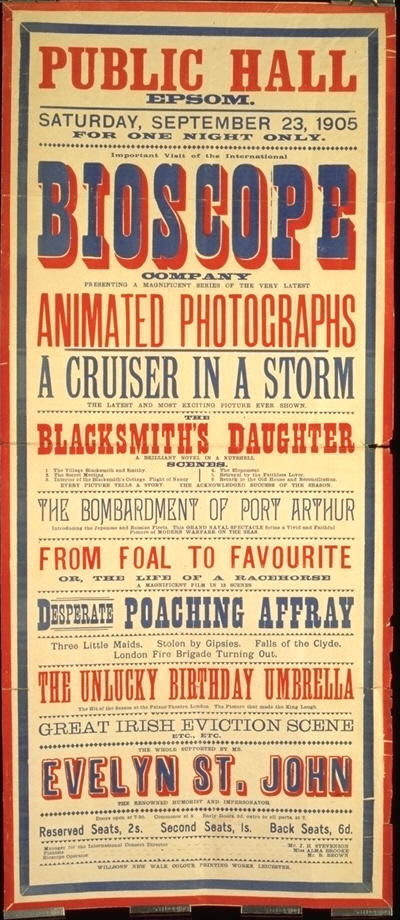
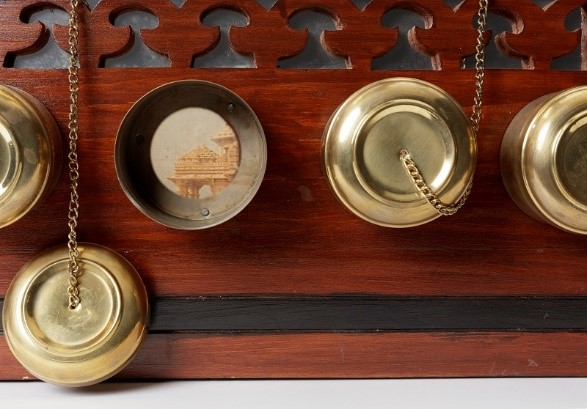
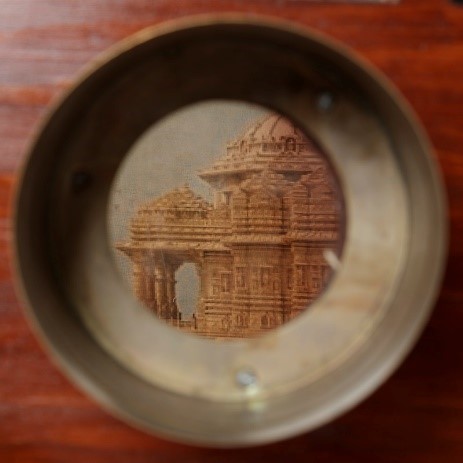
i wan to sell my projector
I am coordinating an exhibition about the Argyle Theatre Birkenhead to be held at the Williamson Art gallery. Is it possible to use a digital copy of one of the images of the bioscope in our narrative boards which tell the story of the Argyle?
Is there a repository for old bioscope presentations – particularly interested in the 1908 Charity Shield game between QPR and Manchester United at Crystal Palace